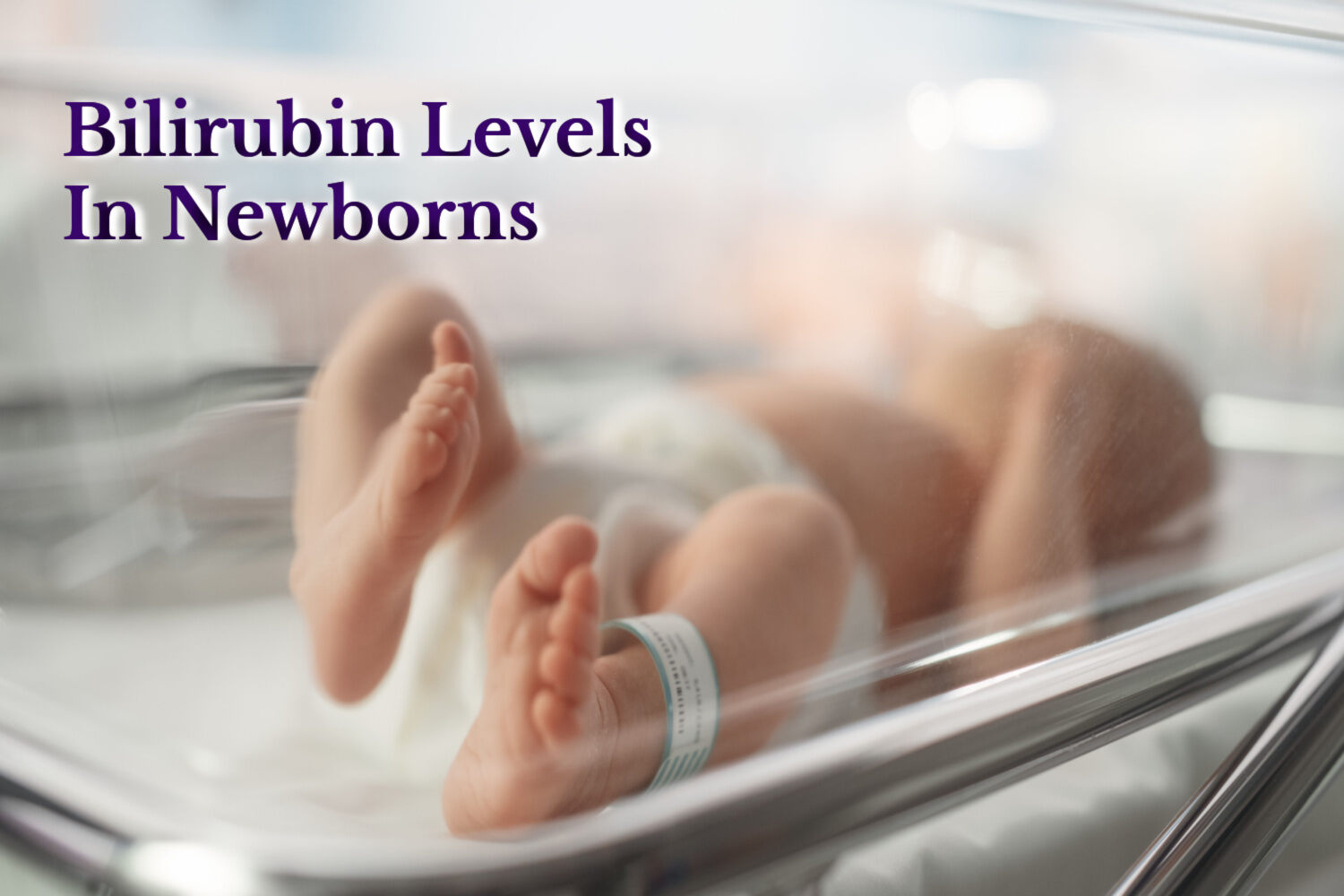
Testing bilirubin levels in newborns is a vital part of post-delivery checkups. Doctors will check the bilirubin levels of your newborn within 24 hours of birth. This is because bilirubin levels in the blood tell a lot about the proper management of the internal functions of your baby.
About 60% of full-term babies and 80% of preterm babies catch neonatal jaundice. And checking bilirubin levels in newborns is the only way to diagnose it. So what are bilirubin levels and how are they related to jaundice? How to diagnose and treat abnormal bilirubin levels in babies. Here is all you need to know.
In This Article
- What Are Bilirubin Levels?
- How Are Bilirubin Levels And Jaundice Related?
- What Are Normal Bilirubin Levels in Newborn Babies?
- Normal Bilirubin Levels in Preterm Babies
- What Bilirubin Levels Indicate Jaundice in Babies?
- Monitoring Bilirubin Levels in Newborn Babies
- How to Identify Abnormal Bilirubin Levels
- How to Treat Abnormal Bilirubin Levels in Babies?
- Follow-up Care For Babies With Abnormal Bilirubin Levels
- When to Consult a Doctor?
- FAQ’s
What Are Bilirubin Levels?
Bilirubin is a yellowish pigment that forms by breaking old red blood cells (1). Red blood cells, after completing their life cycle, break down into this yellowish pigment and reach the liver through our bloodstream. Then from the liver, it is transported to the gallbladder and intestine through bile juice. And from our intestine, it finally leaves the body through the stool. Hence it is bilirubin that gives our bile and poops its distinct yellow color.
Bilirubin levels in blood signify whether the breaking down of red blood cells or their excretion from the body is occurring at a normal pace or not. High levels of bilirubin can also indicate jaundice which can be dangerous for a newborn. Hence checking the bilirubin levels of newborns is compulsory after birth,
How Are Bilirubin Levels And Jaundice Related?
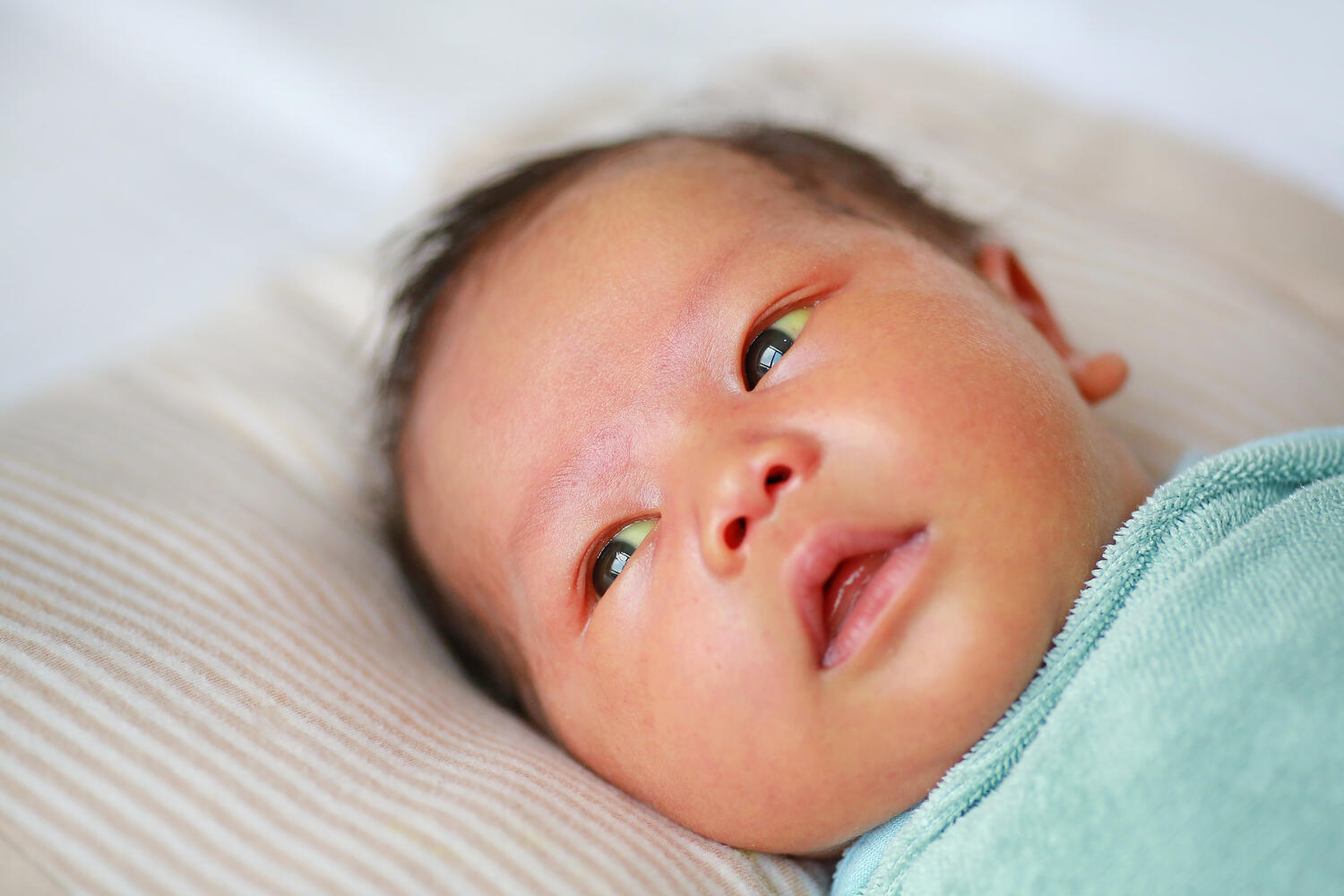
Jaundice and bilirubin levels are closely related. In jaundice, the bilirubin levels in our blood get abnormally high. That is why jaundice is also called hyperbilirubinemia. In jaundice, the excessive bilirubin levels in the blood cause yellowish skin and eye sclera, and dark yellow urine (2).
And it is often after noticing the outward symptoms of jaundice that people run for a bilirubin level test. Jaundice can occur due to a problem in the liver, pancreas, or gallbladder. Jaundice or hyperbilirubinemia can also occur due to excessive breakdown or hemolysis of the red blood cells. However, in newborn babies, slightly higher bilirubin levels or temporary jaundice is very common and easily curable.
What Are Normal Bilirubin Levels in Newborn Babies?
Newborns often tend to get a slightly higher bilirubin level than normal due to various reasons. The normal bilirubin level of adults is around 0.3 mg/dL to 1.0 mg/dL. However, the normal bilirubin level of a newborn is usually more than adults i.e. 1.0 to 12.0 milligrams/deciliter (3).
Doctors may monitor your baby’s bilirubin levels frequently if it is slightly high. Often the bilirubin level eventually gets low after the first stool, or initial few urinations. However, treatments of high bilirubin will be needed for a newborn when its level is more than 15 mg/dL.
Normal Bilirubin Levels in Preterm Babies
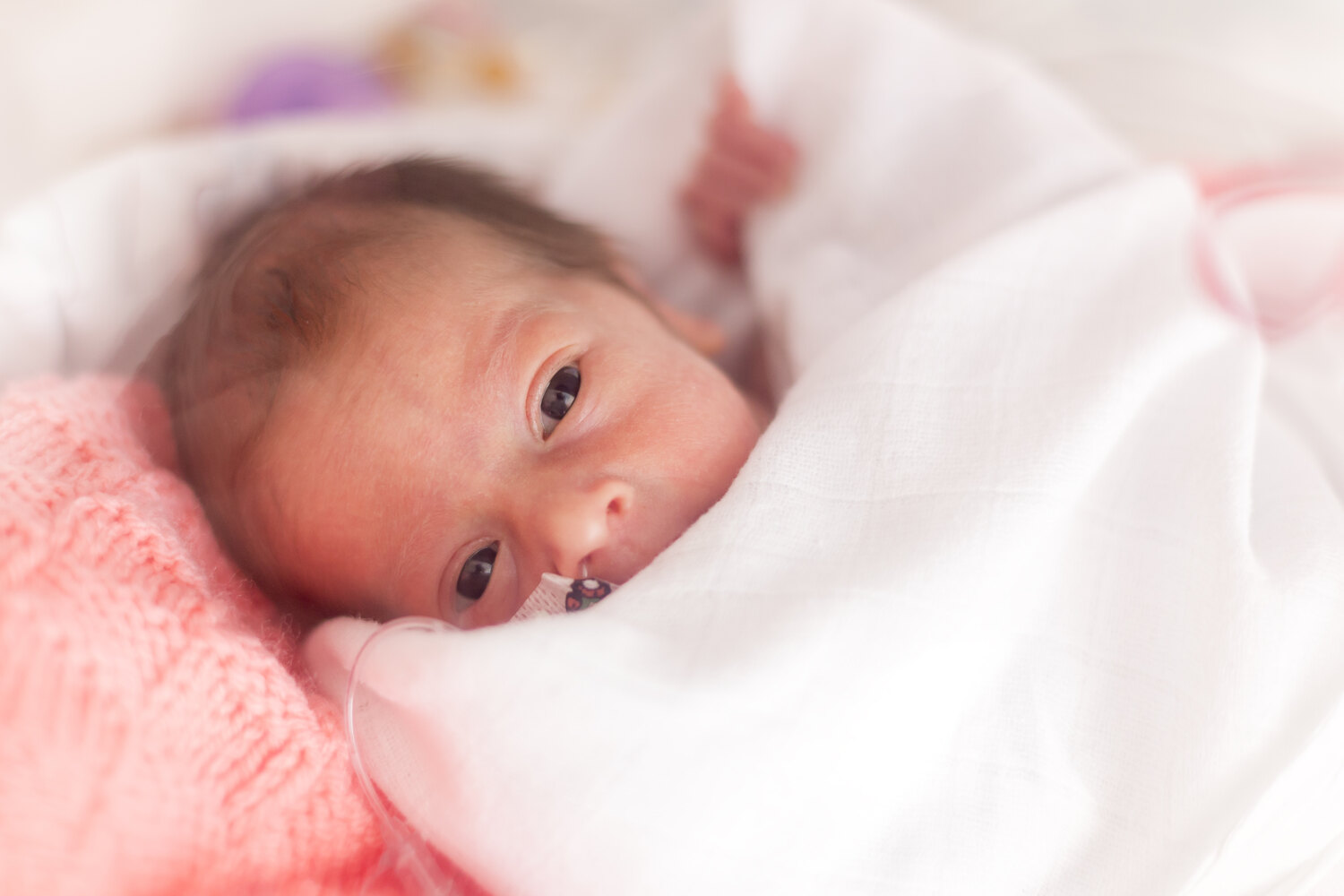
Babies who deliver before 37 weeks of pregnancy are known as preterm babies. With several other problems, preterm babies also suffer from hyperbilirubinemia.
Preterm babies generally have higher bilirubin levels than babies who deliver after 37 weeks. This is because of the shorter life span of the red blood cells and immature liver and gastrointestinal organs in preterm babies (4).
Normal bilirubin levels in preterm babies are 6 to 8 mg/dL within the first 3 days of life. But you can notice a sudden hike in the bilirubin levels of 10 to 12 mg/dL around the fifth to seventh day of birth of a preterm baby (5). This is normal and the bilirubin levels of the premature baby will eventually drop within 1 to 2 months with medical attention, proper feeding and maturation of the digestive organs.
What Bilirubin Levels Indicate Jaundice in Babies?
A bilirubin level of more than 5 mg/dL indicates jaundice in babies. If the bilirubin levels of a newborn increase beyond 5 mg/dL then doctors recognize it as neonatal jaundice (6).
However, according to the chart of the American Academy of Pediatrics, treatment of jaundice is necessary only when the total serum bilirubin level of a newborn is the following (7)
- Above 10 mg/dL within 24 hours
- Above 15 mg/dL within 24 to 48 hours
- More than 18 mg/dL within 49 to 72 hours
- Above 20 mg/dL after 72 hours
Monitoring Bilirubin Levels in Newborn Babies
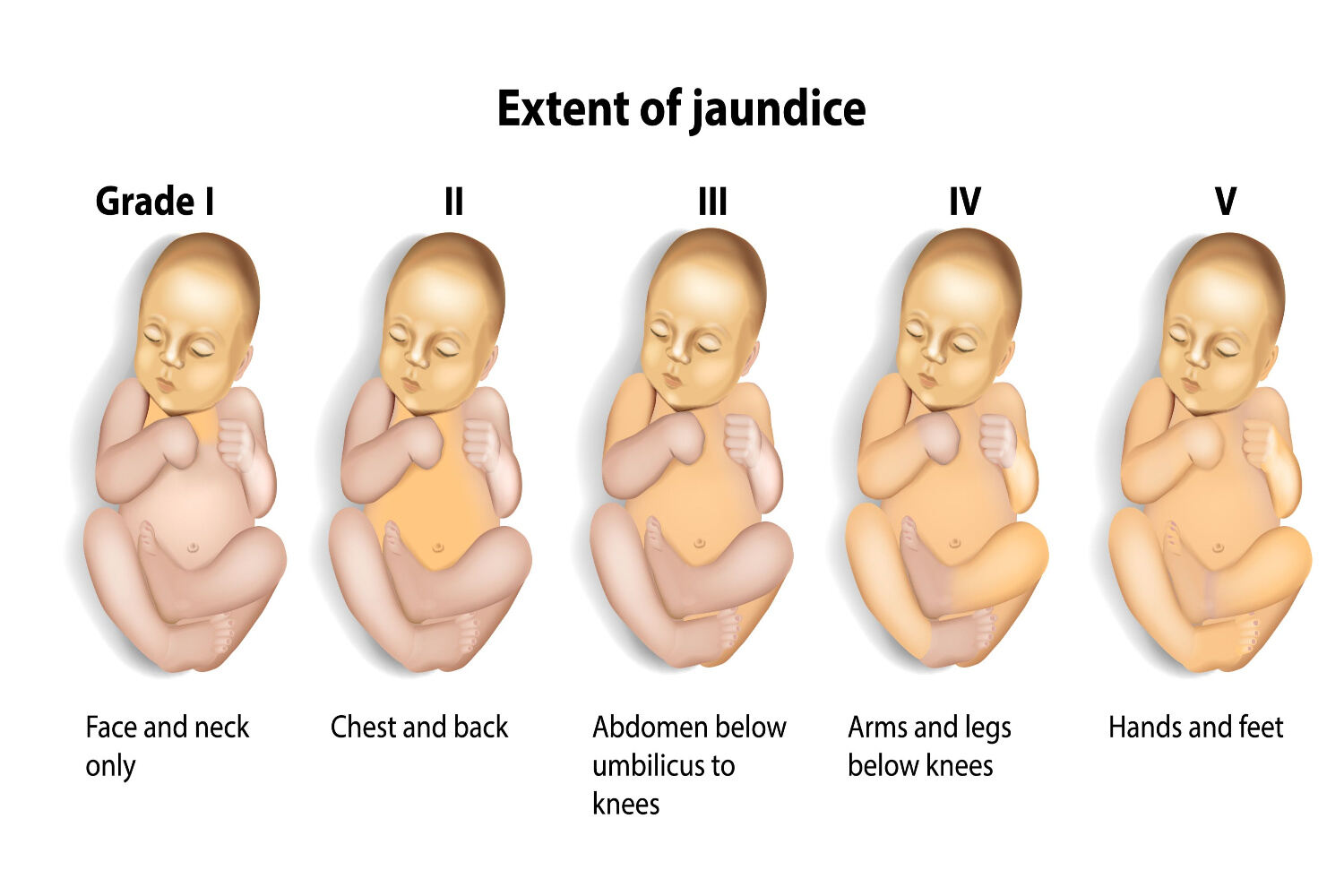
Constantly monitoring bilirubin levels in newborn babies is extremely important as you can see that it can fluctuate. Hence doctors will frequently monitor the bilirubin levels of your baby in the first 72 hours. They can use a small device named a bilirubinometer to monitor bilirubin levels in newborns. The device uses light to pass through the skin to detect the levels of bilirubin (8).
How to Identify Abnormal Bilirubin Levels
To identify abnormal bilirubin levels in the blood you can look for certain changes on the skin. You can press your finger a little bit on the forehead or nose of the baby to observe any yellow appearance on the skin. The symptoms of abnormal bilirubin levels are (9)
- Yellowing of the skin, gums, and eyeballs
- Dark yellow urine
- Pale or colourless stool
- Fever
- Feeding difficulty
A bilirubinometer is the ideal device to check bilirubin levels in infants. However, if the doctor suspects unusually high or low bilirubin level readings on the device then a blood test will be necessary for a more definite conclusion. A urine test for bilirubin is also an option to detect abnormal bilirubin levels.
While it is easy to diagnose high bilirubin levels by looking at the yellowish skin or eyes, diagnosis of low bilirubin is not easy without a blood test. A slightly lower bilirubin level than normal is also not a concerning factor.
How to Treat Abnormal Bilirubin Levels in Babies?
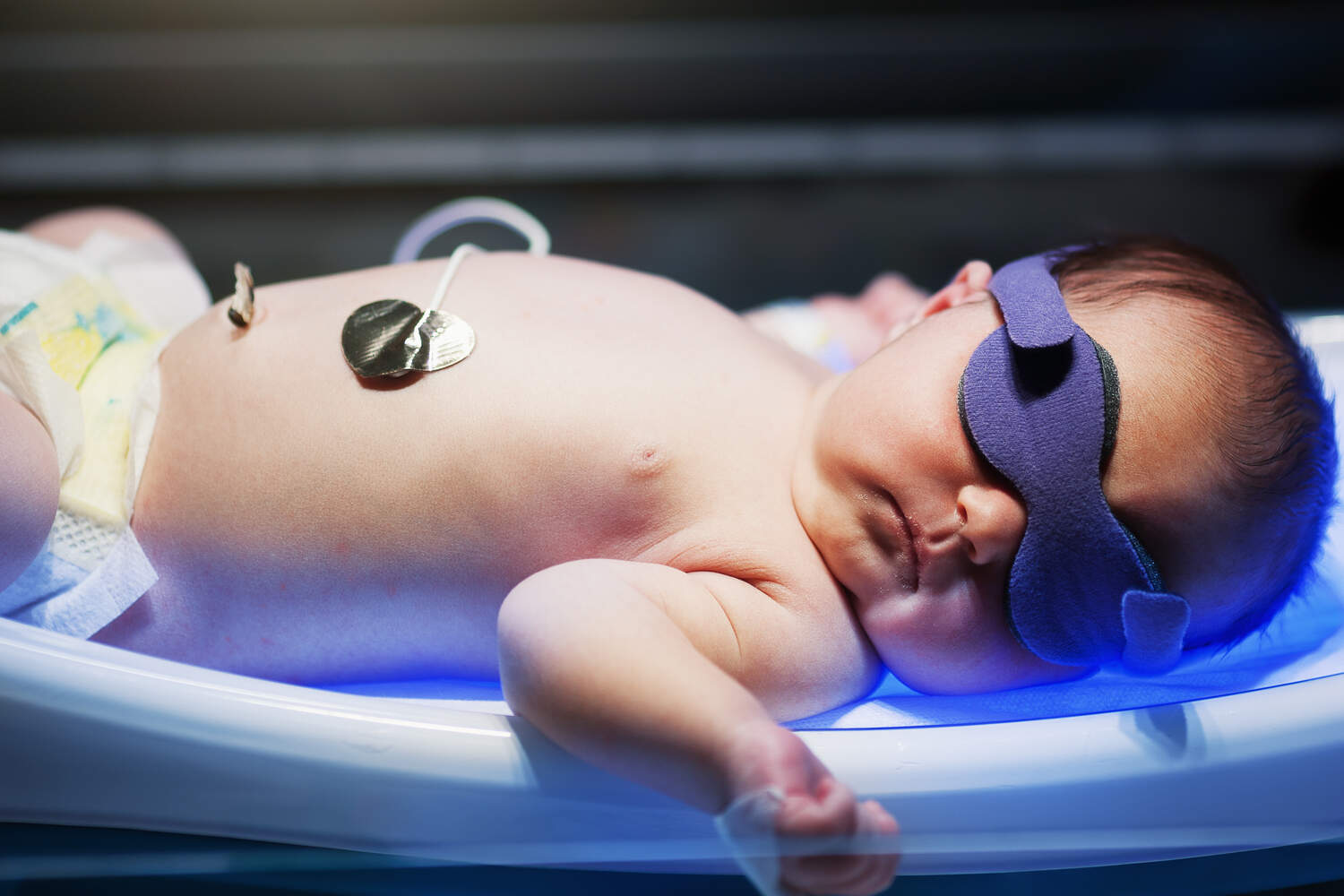
The treatment of abnormal bilirubin levels in babies depends on the severity of the problem. In most cases, bilirubin levels gradually decrease within the first two weeks of birth without any treatment. However, in a few cases, treatments will be required for abnormal bilirubin levels. Treatments of abnormal bilirubin levels in babies include (10)
1. Frequent Feeding
Doctors advise feeding the baby at least 10 to 12 times a day to initiate a proper function of the digestive and excretory organs. With frequent breastfeeding or formula feeding the bilirubin levels usually start decreasing with frequent urine and stool.
2. Phototherapy
In phototherapy, the doctor will put your baby under a special type of blue light inside a cot or incubator. The light will help in breaking down the bilirubin for easy excretion. You can feed the baby, change the nappy, and check the temperature of the baby at intervals. Phototherapy is an effective treatment to reduce bilirubin levels in babies.
3. Supplemental Feeding
If the baby is unable to feed then doctors will provide intravenous fluids. If breastfeeding is not sufficient for the baby then doctors can provide temporary supplementations along with formula milk or expressed breastmilk.
4. Exchange Transfusion
This is the ultimate treatment and it is given when all the other treatments fail to decrease the bilirubin levels of the newborn. In exchange transfusion method, the bilirubin-rich blood of the baby is gradually replaced by fresh blood from a donor of the same blood group.
Hence the treatment of abnormal bilirubin will completely depend on its levels and intensity of the jaundice.
Follow-up Care For Babies With Abnormal Bilirubin Levels
You will have to notice the symptoms of jaundice and take your baby for follow-up care for a few weeks after discharge. If bilirubin levels do not subdue to normal range after two to three weeks of birth then tests for thyroid, bilirubin fractionation, hemolytic disease, intestinal obstruction, and metabolic disorder are needed.
When to Consult a Doctor?
You need to consult a doctor if you notice a recurrence of symptoms of jaundice in your baby after discharge. Then with the doctor’s advice, you can treat the baby at home or admit the baby for medical care.
High bilirubin levels in newborns are very common and often curable without medical treatment. However, timely monitoring and management of bilirubin levels in babies is important to avoid severe problems such as nerve damage and cerebral palsy. Do not miss routine checkups, timely feed your baby and keep a keen eye on any unusual changes in your baby’s skin to avoid the resurging of bilirubin.
FAQ’s
1. What is Bilirubin, And Why is it Important to Monitor in Newborns?
Bilirubin is a yellow-colored byproduct of red blood cells when they break down. It is important to monitor the bilirubin levels in newborns as higher bilirubin levels in the blood are toxic for the brain cells. Severe jaundice can permanently damage the nerve cells if bilirubin passes into the brain. A high concentration of bilirubin in the blood of a newborn can also indicate underlying liver, gallbladder, and kidney dysfunction.
2. How is Bilirubin Level Measured in Newborns, And When Should it be Tested?
A bilirubinometer usually measures bilirubin levels in newborns. Blood tests for checking bilirubin levels in a newborn will only be necessary if jaundice occurs within the first 24 hours of birth or if the reading in the bilirubinometer is significantly high. Based on the readings and blood test results the doctor will decide the type of treatment.
3. What Are The Symptoms of Jaundice in a Newborn?
The symptoms of jaundice in newborns will include the appearance of a yellowish tinge on the face or scalp of the baby. The white part of the eyes, palms of hands and feet, and overall skin color of the body can turn yellow. Some other symptoms of newborn jaundice are dark urine, pale stool, feeding difficulties, and drowsiness.
4. What is The Normal Bilirubin Level in Preterm Babies?
Normal bilirubin levels in preterm babies are higher than in normal infants. This is because their liver and digestive system are not mature enough. In preterm infants, bilirubin levels stay between 6 to 8 mg/dL for the first three days after birth. A peak in the bilirubin levels of 10 to 12 mg/dL can be noticed in preterm babies between the 5th to 7th day after birth.
5. What is a Safe Bilirubin Level in a Newborn?
Newborns have higher bilirubin levels than adults. According to the American Academy of Pediatrics, bilirubin levels up to 17-18 mg/dL are normal for healthy full-term newborns. Doctors can give the baby phototherapy if needed. Usually, the bilirubin levels start decreasing within the first two weeks if everything is alright.
References
- Physiology, Bilirubin – StatPearls – NCBI Bookshelf –[https://www.ncbi.nlm.nih.gov/books/NBK470290/]
- Jaundice – StatPearls – NCBI Bookshelf – [https://www.ncbi.nlm.nih.gov/books/NBK544252/]
- Neonatal Jaundice – StatPearls – NCBI Bookshelf – [https://www.ncbi.nlm.nih.gov/books/NBK532930/]
- Hyperbilirubinemia in Preterm Infants Admitted to Neonatal Intensive Care Units in Ethiopia – PMC – [https://www.ncbi.nlm.nih.gov/pmc/articles/PMC7783876/]
- Hyperbilirubinemia – an overview | ScienceDirect Topics – [https://www.sciencedirect.com/topics/nursing-and-health-professions/hyperbilirubinemia]
- Neonatal Jaundice – StatPearls – NCBI Bookshelf – [https://www.ncbi.nlm.nih.gov/books/NBK532930/]
- Hyperbilirubinemia in the Term Newborn | AAFP – [https://www.aafp.org/pubs/afp/issues/2002/0215/p599.html]
- Evaluation of a new transcutaneous bilirubinometer in newborn infants – PMC – [https://www.ncbi.nlm.nih.gov/pmc/articles/PMC8989875/]
- When babies turn yellow – PMC – [https://www.ncbi.nlm.nih.gov/pmc/articles/PMC4656866/]
- Jaundice in newborns – PMC – [https://www.ncbi.nlm.nih.gov/pmc/articles/PMC2828213/]
